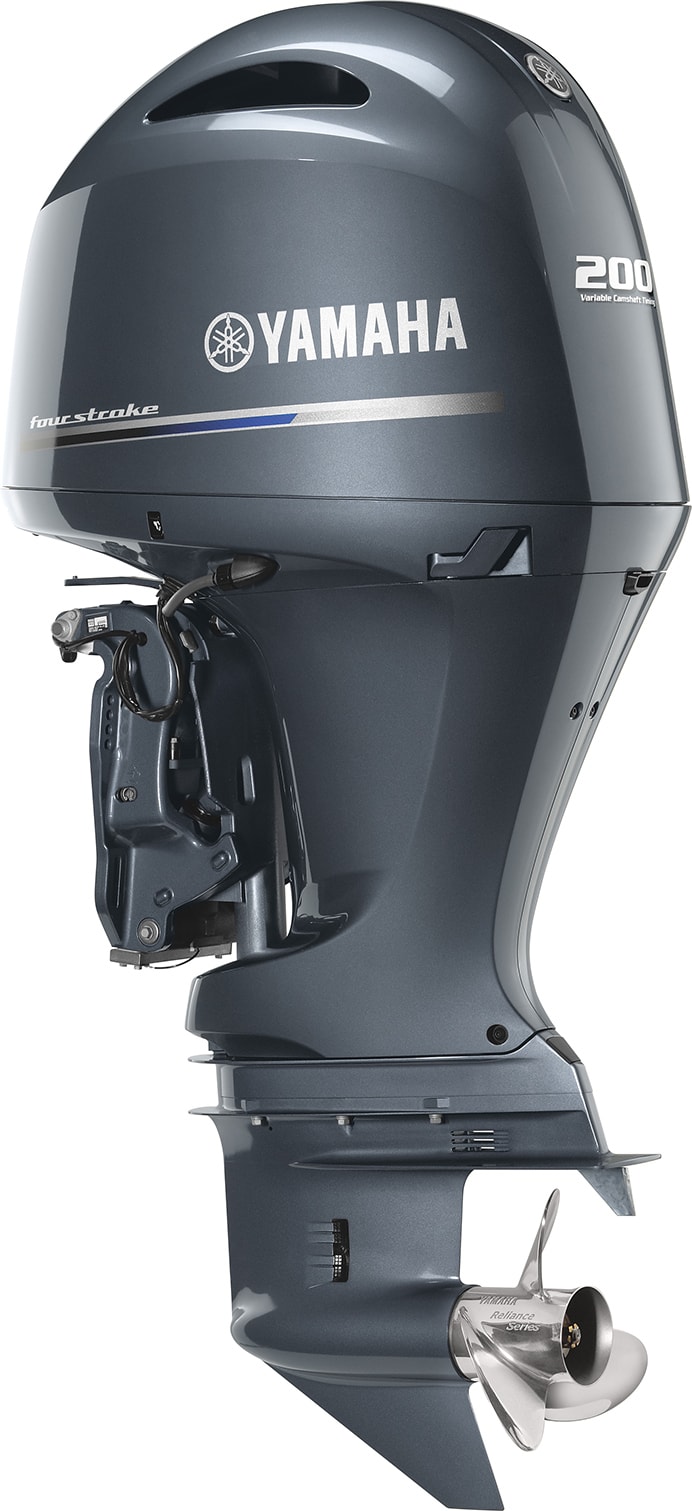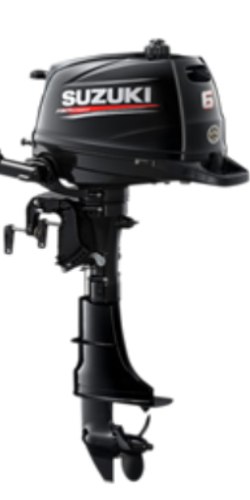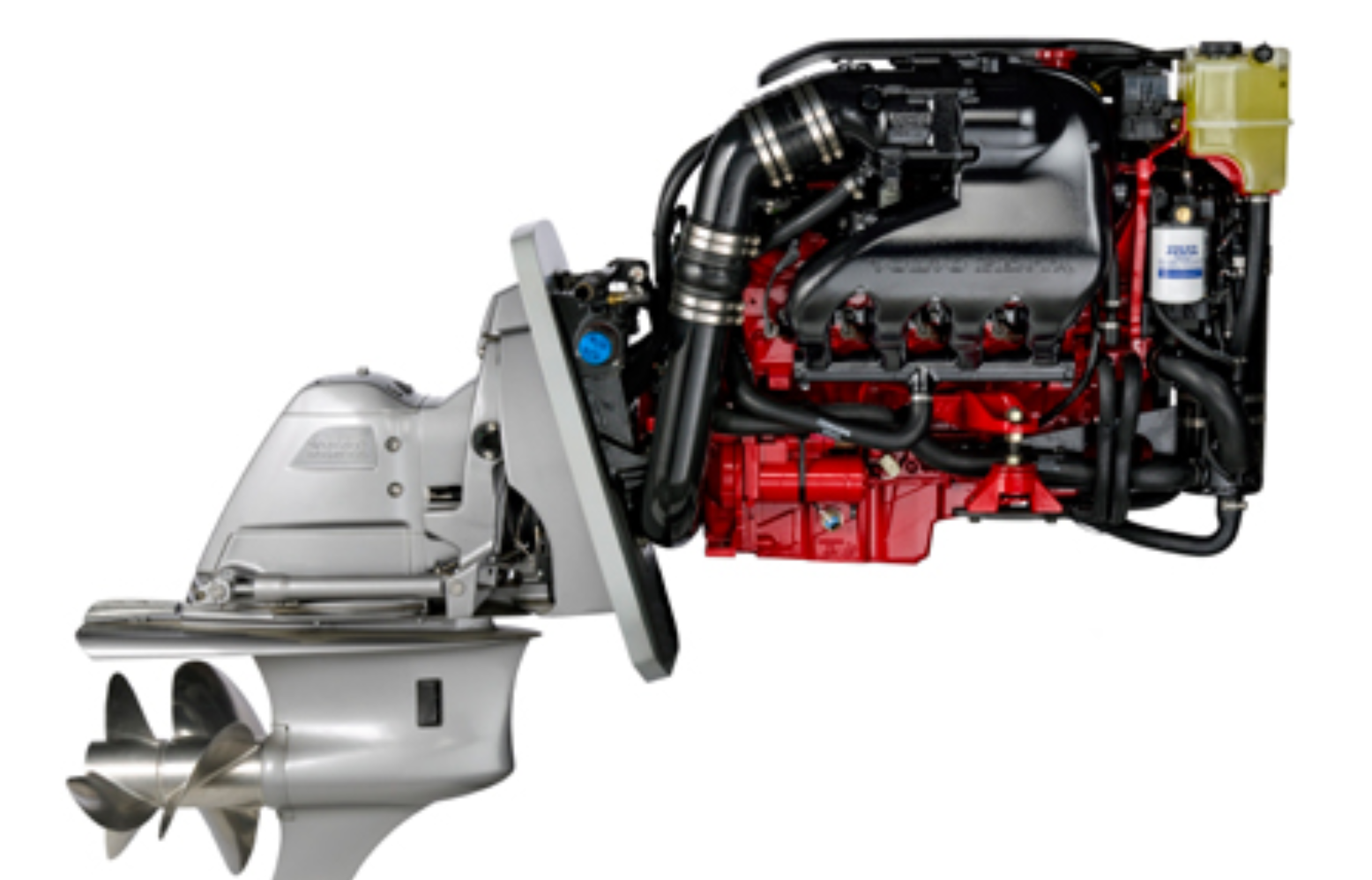New CARB Proposals Threaten Future of Outboard Engines
Serious Cuts
The California Air Resources Board (CARB) has issued a new proposal calling for significant cuts to THC and NOx emissions from outboard engines. The board’s 2020 Mobile Source Strategy Workshop Discussion Draft that was published late last year, says that marine engines represent “a significant source” of THC and NOx emissions in the state.
According to International Boating Industry, the document proposes implementing new emissions standards that would require reductions of 40% from current levels for all outboard engines rated at less than about 50 hp and cuts of 70% for engines rated at 50 hp and higher. The new standards would also extend to personal watercraft.
These cuts would come into effect in 2027 and they would basically require the use of catalytic converters to meet the emissions targets. The draft further proposes eliminating internal combustion outboards of less than 25 horsepower altogether and replacing them with electric motors with a 10-year phase-in period.
A previous CARB proposal calling for cuts to emissions from sterndrive and inboard engines was passed into law with the support of the Environmental Protection Agency (EPA). The legislation impacted the sales of sterndrives and inboards because it effectively mandated the adoption of closed-loop fuel-control systems and catalytic converters, which drove up costs. Needless to say, outboard-engine manufacturers are monitoring the situation closely.



